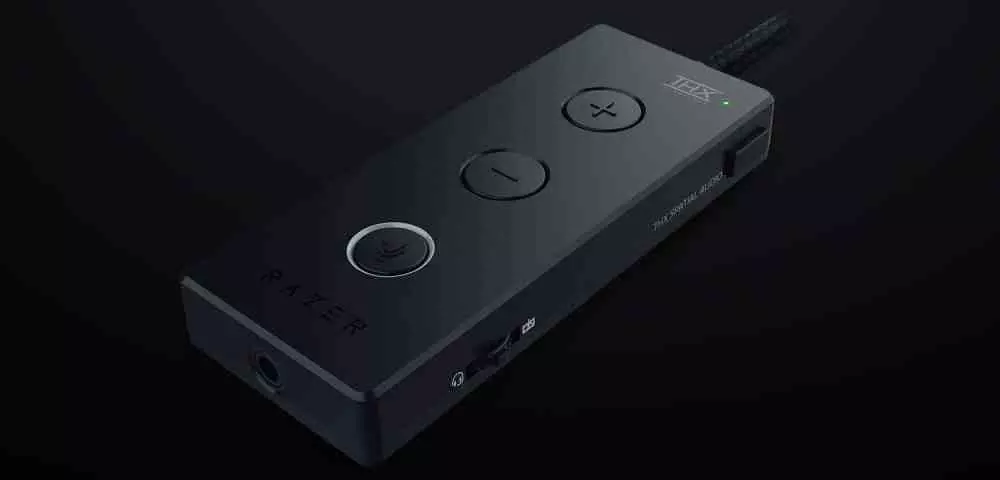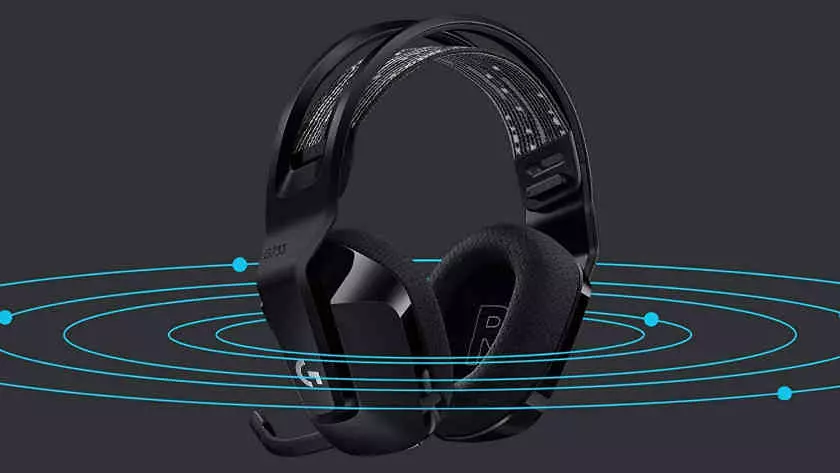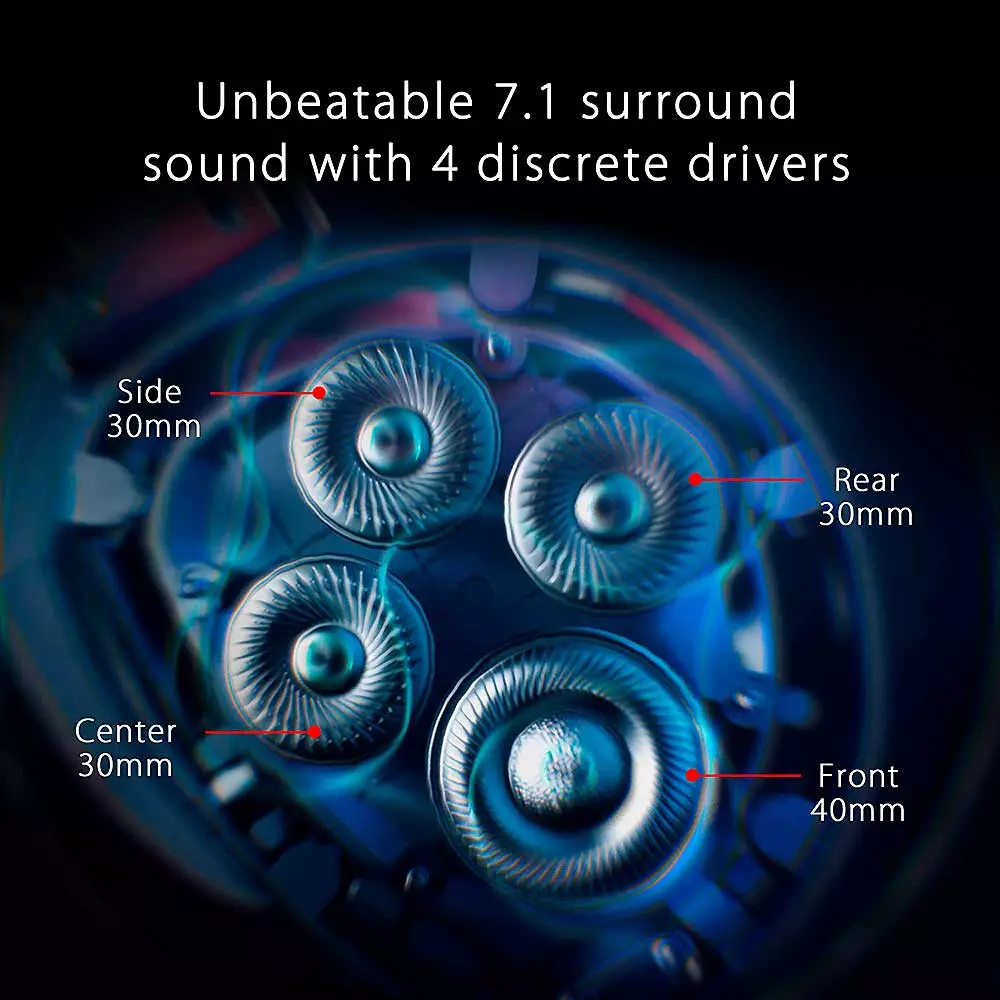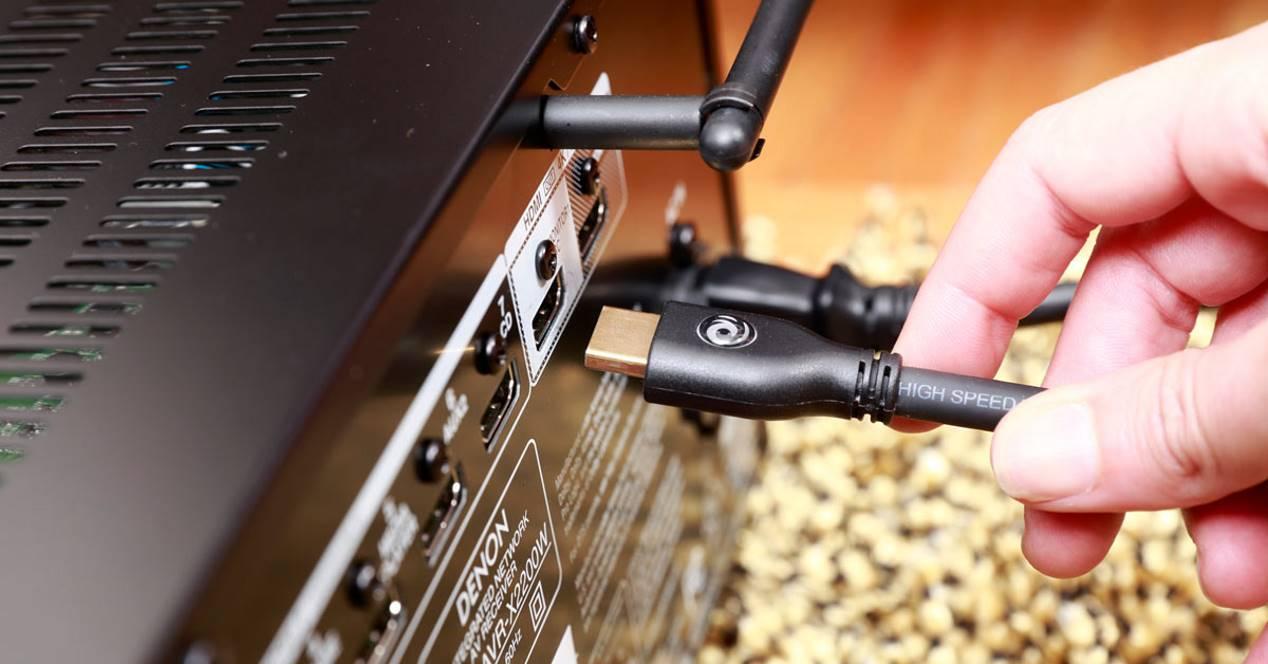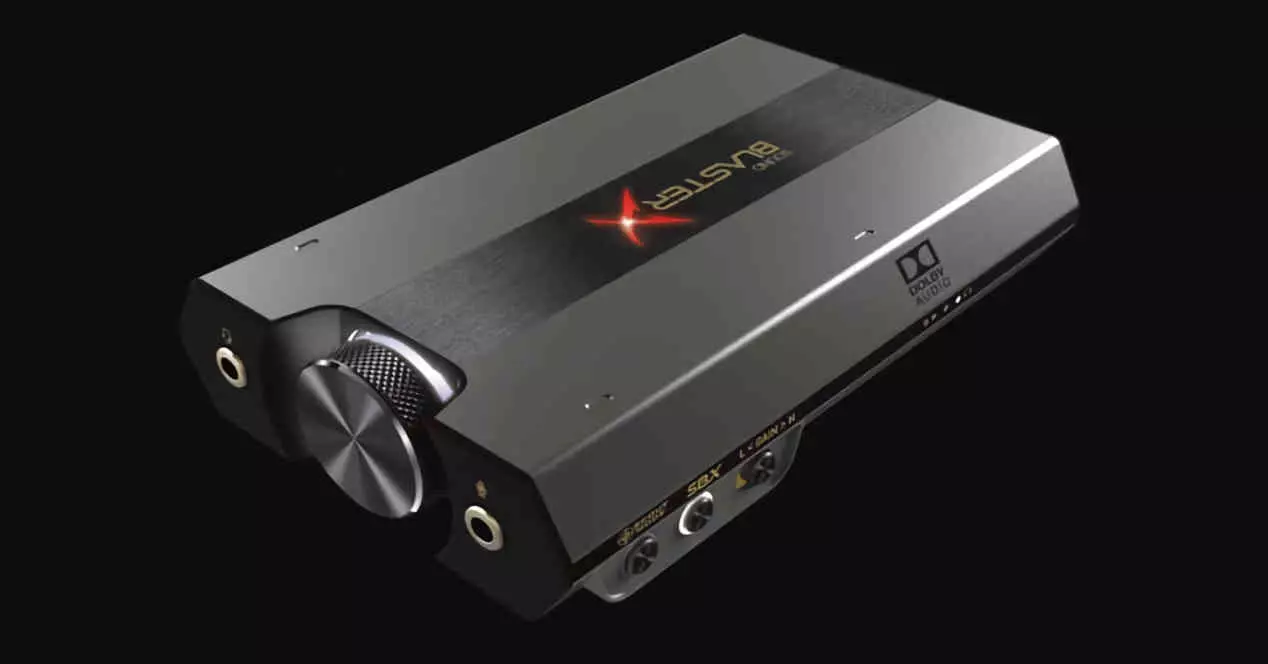
The first thing we have to describe is the difference between an analog and a digital signal, and that is that while the former can store several different values and, therefore, can store a greater amount of information, they are nevertheless vulnerable to changes in the issuing environment and a small change can distort the quality of the information. In contrast, a digital signal only has 2 values, so the signal is more difficult to distort, however, instead, we need a much higher bandwidth to store all the information in the latter, since the amount of information that is transmitted by pulse is much less.
Many of you have heard about the digitization of an analog signal and the fact that if it is not good enough, signal quality is lost. This can be seen when we use analog video inputs on an LCD screen that is digital or when we convert an analog audio signal to digital without sufficient resolution.
The case at hand is the opposite and consists of converting a digital signal to an analogue type, for this we must bear in mind that if, for example, we have a signal of 8 bits so we have 28 distinct values, that is, 256 different voltage values if we were talking about an analog circuit. How is the conversion done? Simple, with a circuit like the one you see above, which consists of several resistors that will divide the voltage. On the one hand, we have the 8 pins where the 8 bits of information are transmitted in digital and on the other the analog signal that will be unique and will be transmitted in our case through the audio mini-jack.
The surround audio DAC of your headphones
For decades the mini-jack has been the audio input and output system in many devices, it is an interface designed for analog signals and that is why it is necessary to generate a signal of this type to transmit sound. Now, many of you will surely have an audio output for headphones and / or microphone in some part of your PC and it is redundant to have an additional connector of this type on the PC, so the small box that your gaming speakers include does much more. It converts the digital signal coming from the USB port to an analog signal.
And this is where we enter the accumulation of lies, the first one being that the sound is 7.1, which is impossible if we take into account that a mini-jack at most has two output pins for the stereo and one for input. in a version for microphone and speakers. For example an audio system 7 requires 8 audio tracks to transmit at the same time and we can only transmit 2. Where is the catch? Well, the fact that the surround audio DAC that your gaming headphones bring not only converts the analog signal to a digital one, but it is also a digital signal processor that processes the information.
The signal that is transmitted through the USB is intended for a standard 7.1 speaker system and the application you are using sends the sound under the parameters and specifications of a surround audio standard such as THX. It is the digital signal processor or DSP in the surround audio DAC that is responsible for converting information intended for a set of speakers spread across a room to something that can be heard on stereo speakers.
Virtual surround
When using conventional headphones you may have noticed that the sound seems to come out of our head, on the other hand, if you go to a movie theater you may experience that it comes from everywhere. Well, the objective with a virtual surround system is to get the feeling that the audio does not come from within you, but from the environment using simple conventional headphones.
The key is in a concept called Virtual Surround, which is based on creating the auditory illusion to the listener that there are a series of audio sources placed in different places in the room where there is physically nothing, where in the case of models more advanced these use USB connection and therefore have enough bandwidth to power the different speakers within them. On the other hand, if we talk about the low-end models we have to take into account that the audio mini-jack is designed to transmit sound to only two speakers, so the demands of the DAC processor will be different.
Taking into account the information about the positioning and the distance, the processor in the DAC is in charge of mixing the different audio channels coming from the USB into a stereo signal that combines them all in order to create the illusion of positional sound. The result is much better than using the mini-jack that comes with your computer and if the surround audio DAC is good enough you will be able to enjoy a minimum quality sound, although it will not be the same as a real surround system.
Real surround sound with DAC
In addition, there is another supposed case that occurs in a few models but that gains strength and is the fact that surround audio DACs can have several within the same device. That is, there are headphones that have several DACs internally and no longer just outside of what the headset is physically.
Some models integrate up to 4 DACs to treat positioning within the atria with only two drivers. As if that were not enough, there are other headphones that do integrate several drivers within each atrium, in some models 5 speakers of different sizes per atrium, which means that the positioning can be real and not emulated.
In these cases, the DACs to be used are very powerful and normally either two USB 2.0 or one USB 3.2 Gen 1 or Gen 2 are required for the necessary bandwidth when transmitting the number of different audio tracks. Logically, these models are much more expensive than those that only integrate two drivers per atrium, but they offer a 3D positional experience in 5.1 real or 7.1 semi real.
Here the software has a lot to say since they are totally dependent on its management, so an optimal configuration of this makes the total difference in whether it sounds good or not in music, movies and especially in games.
